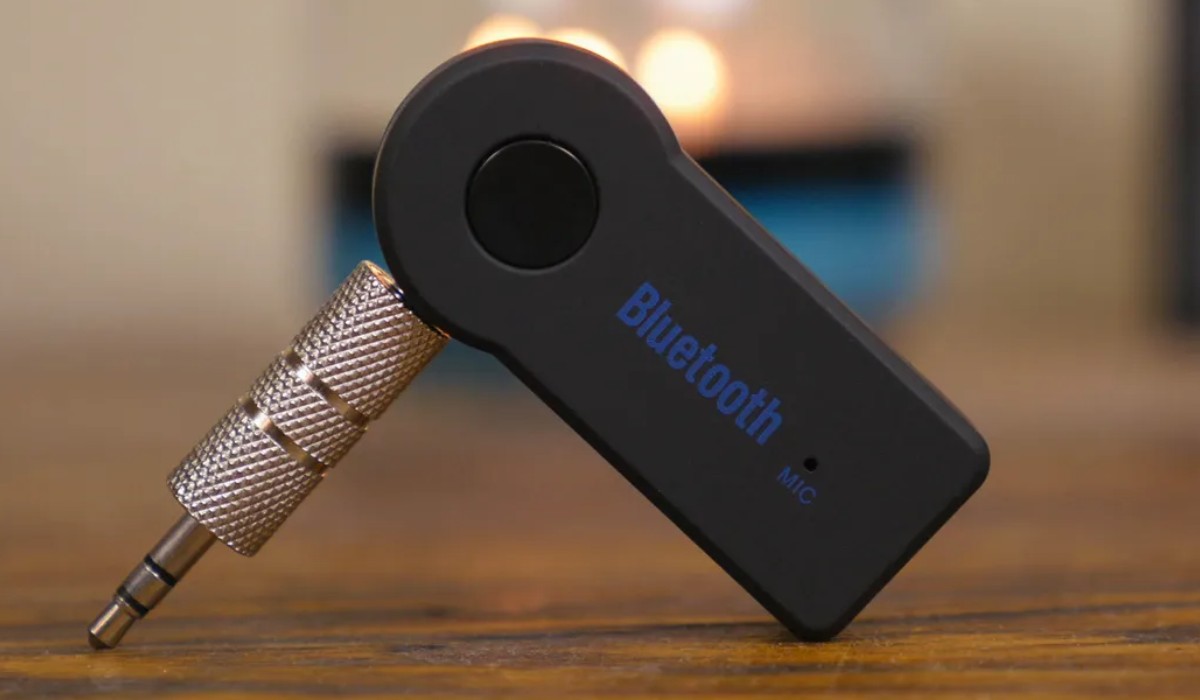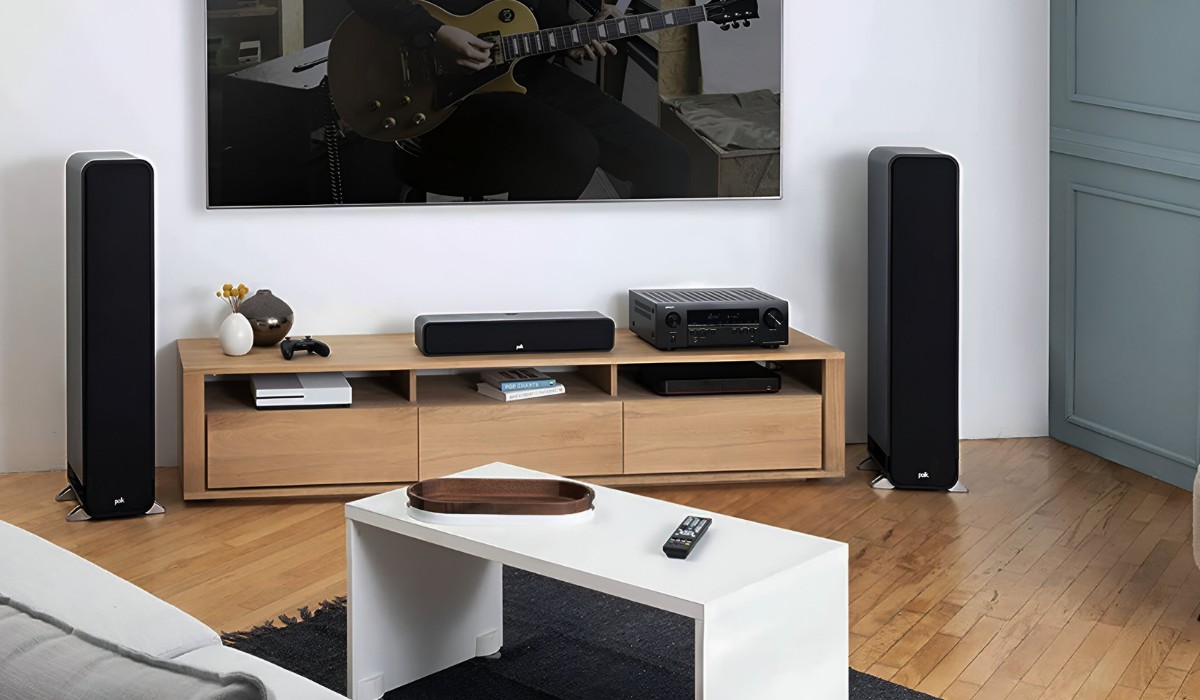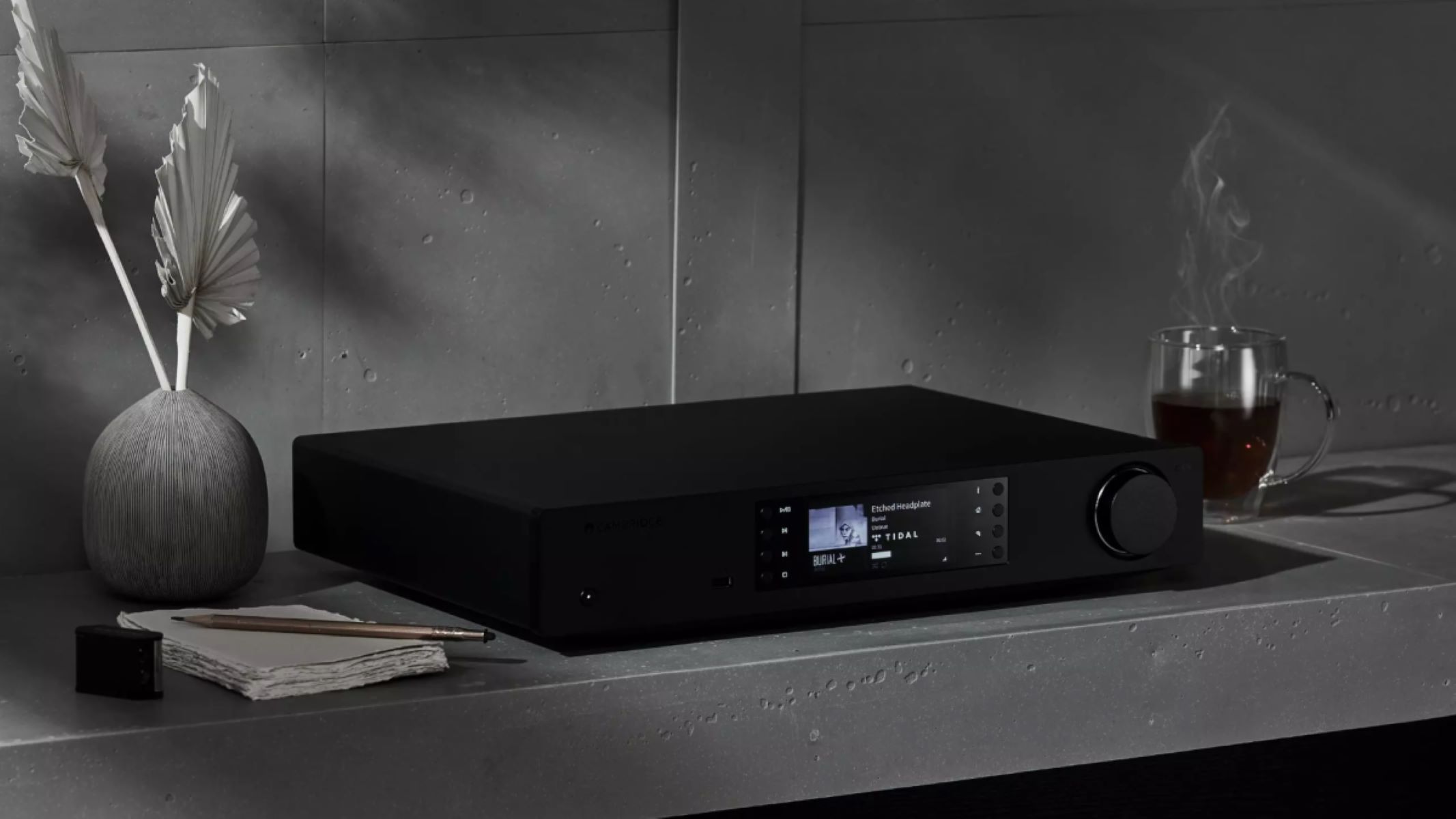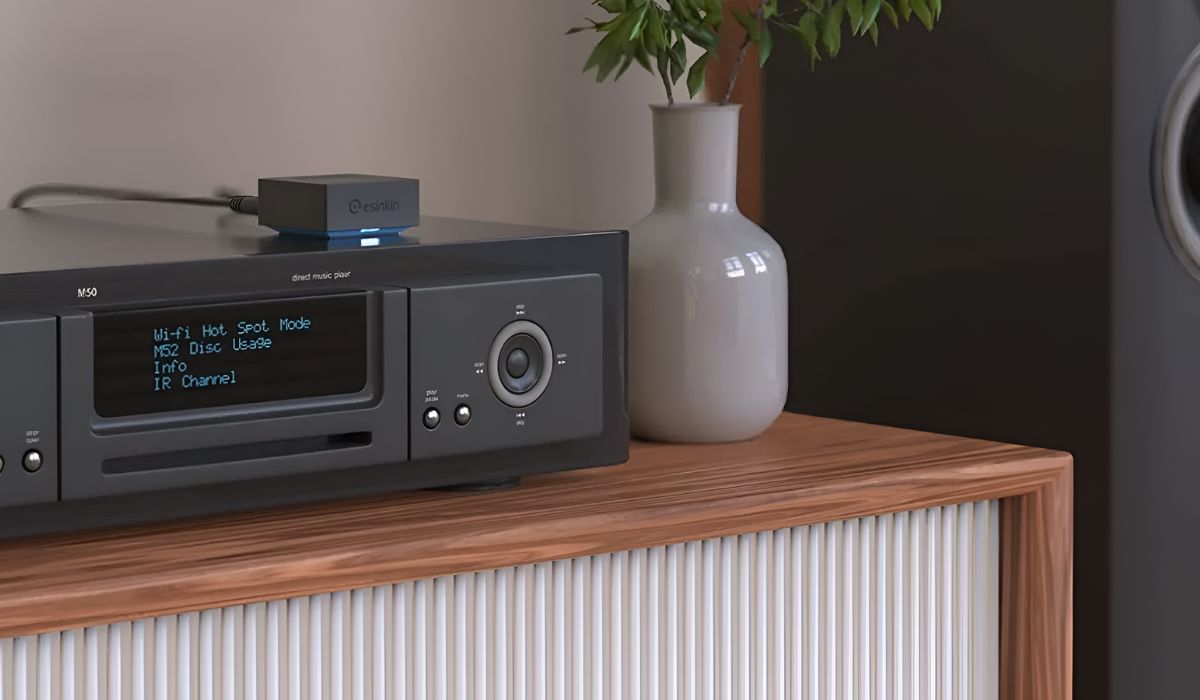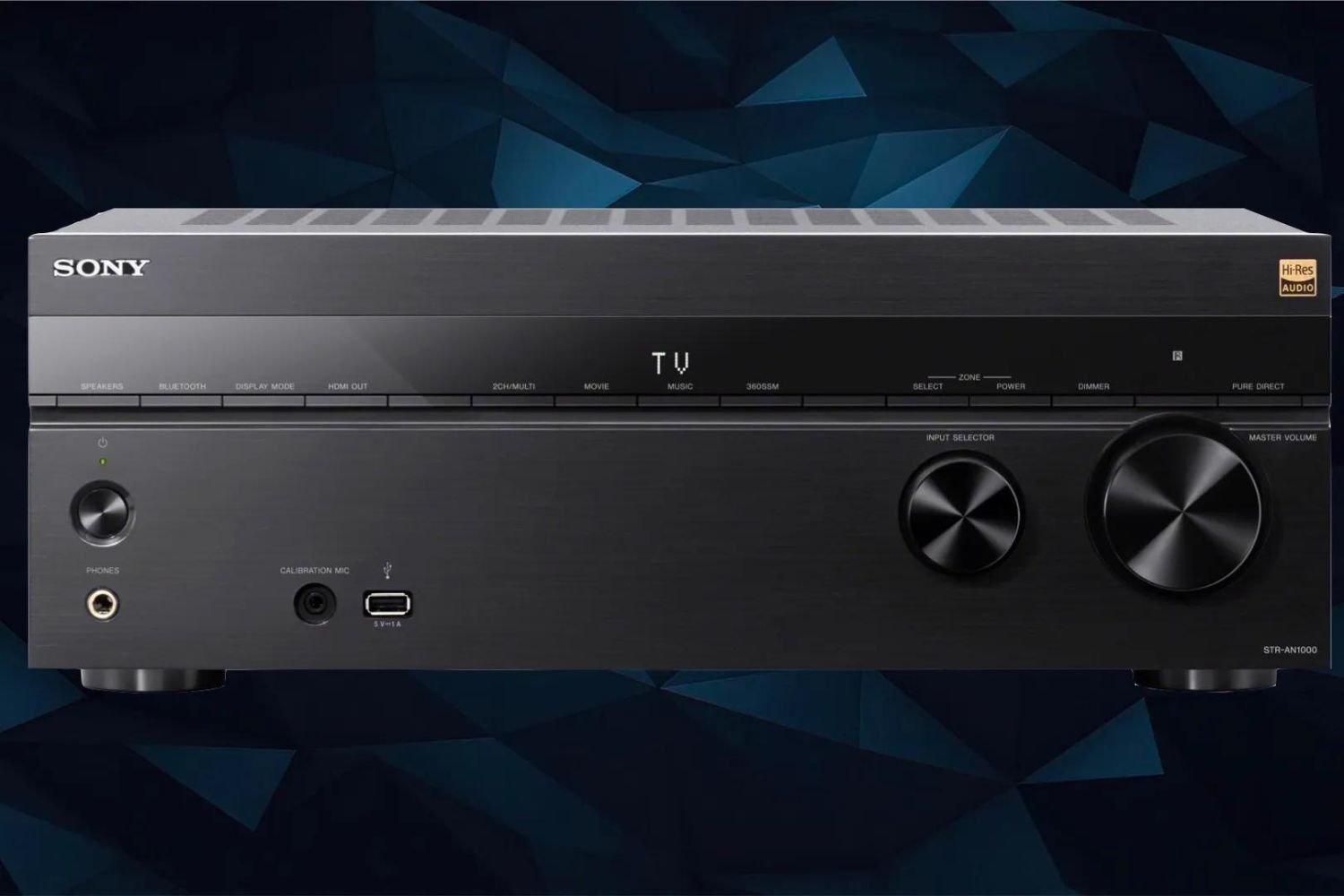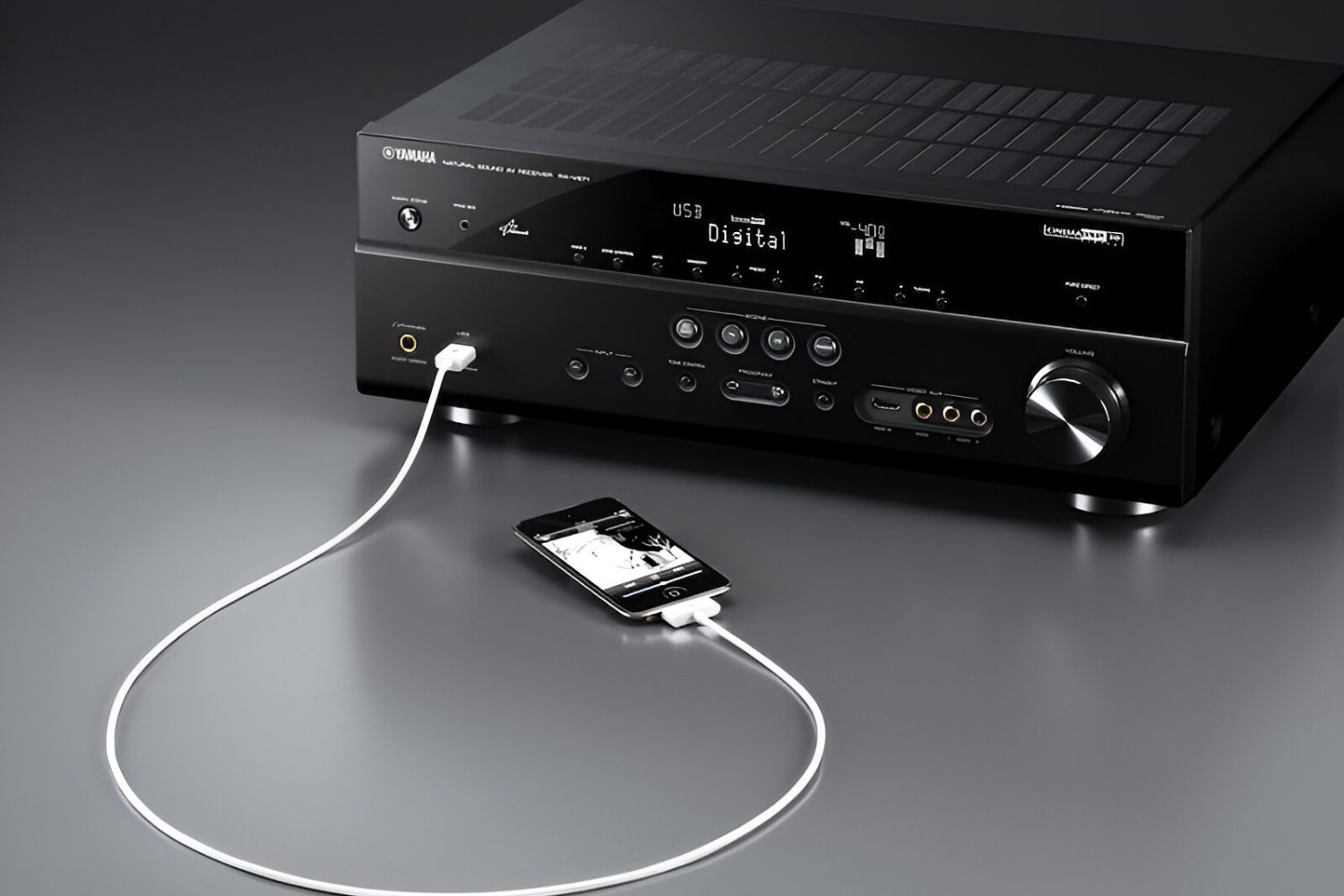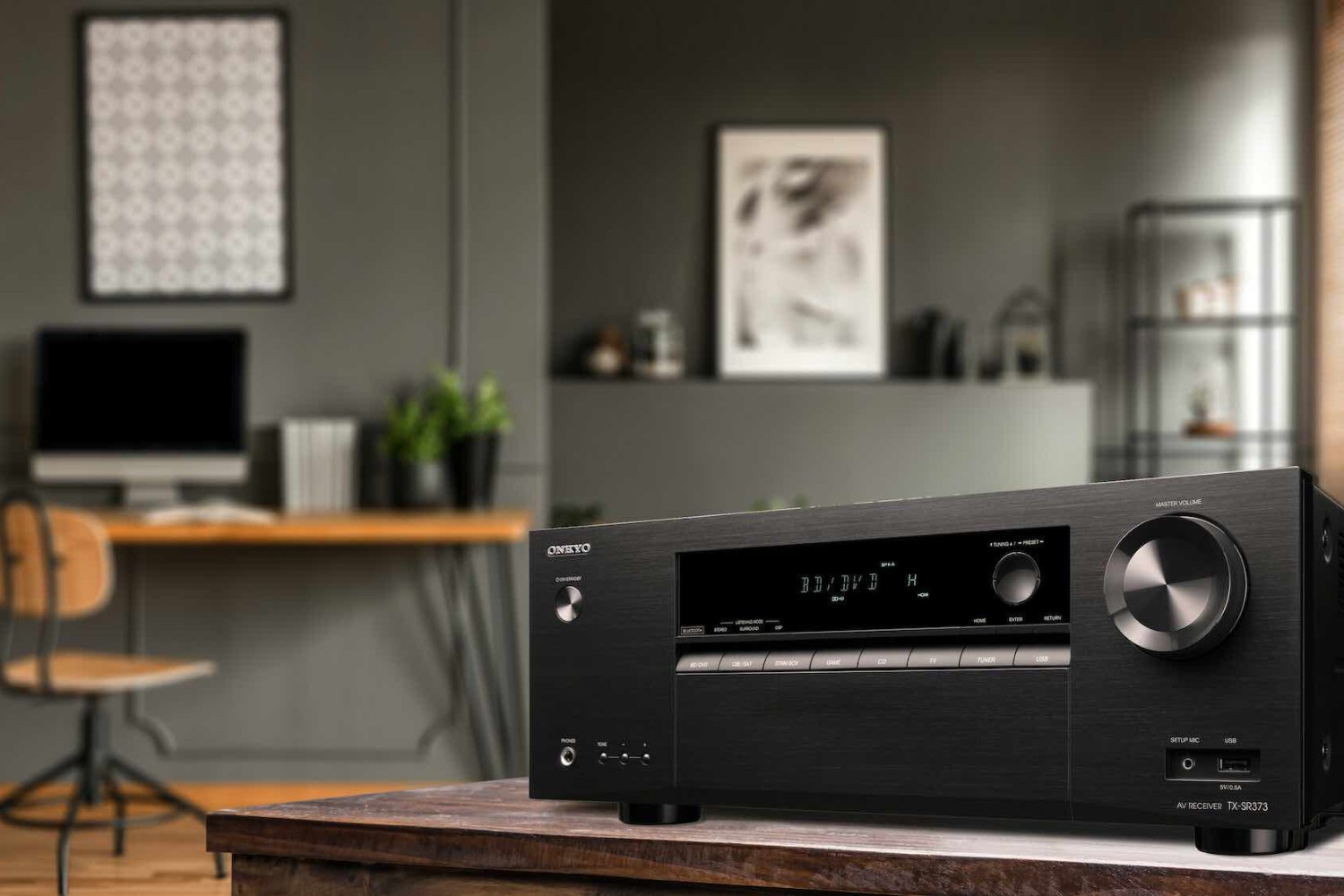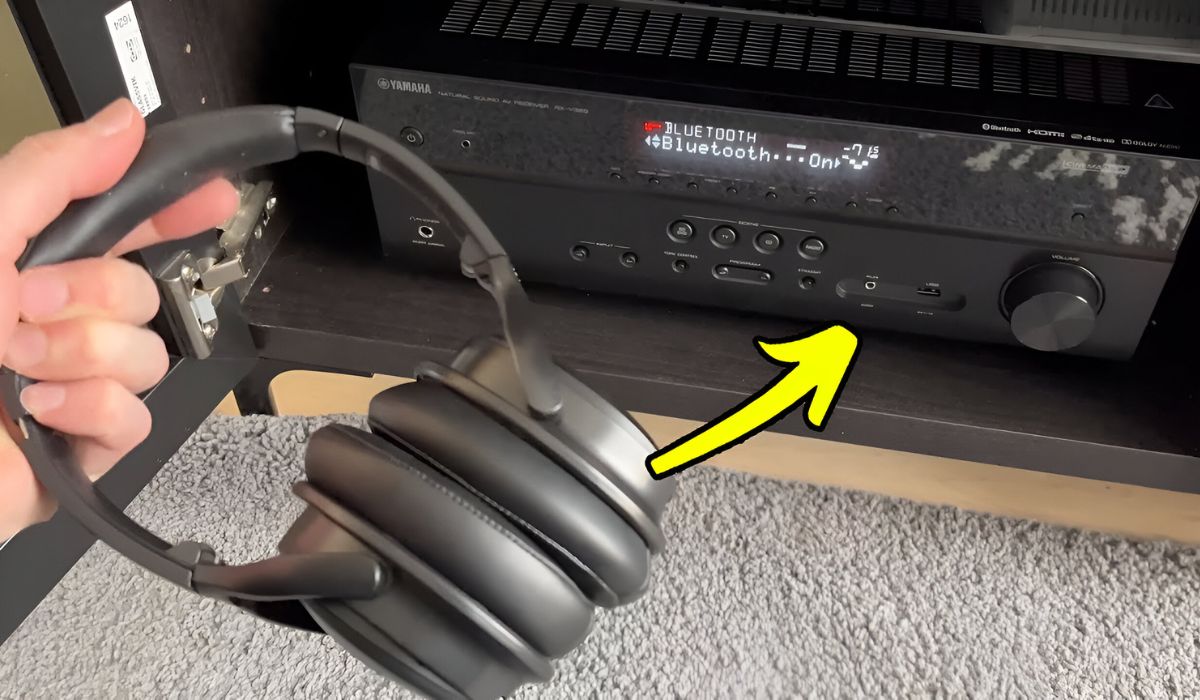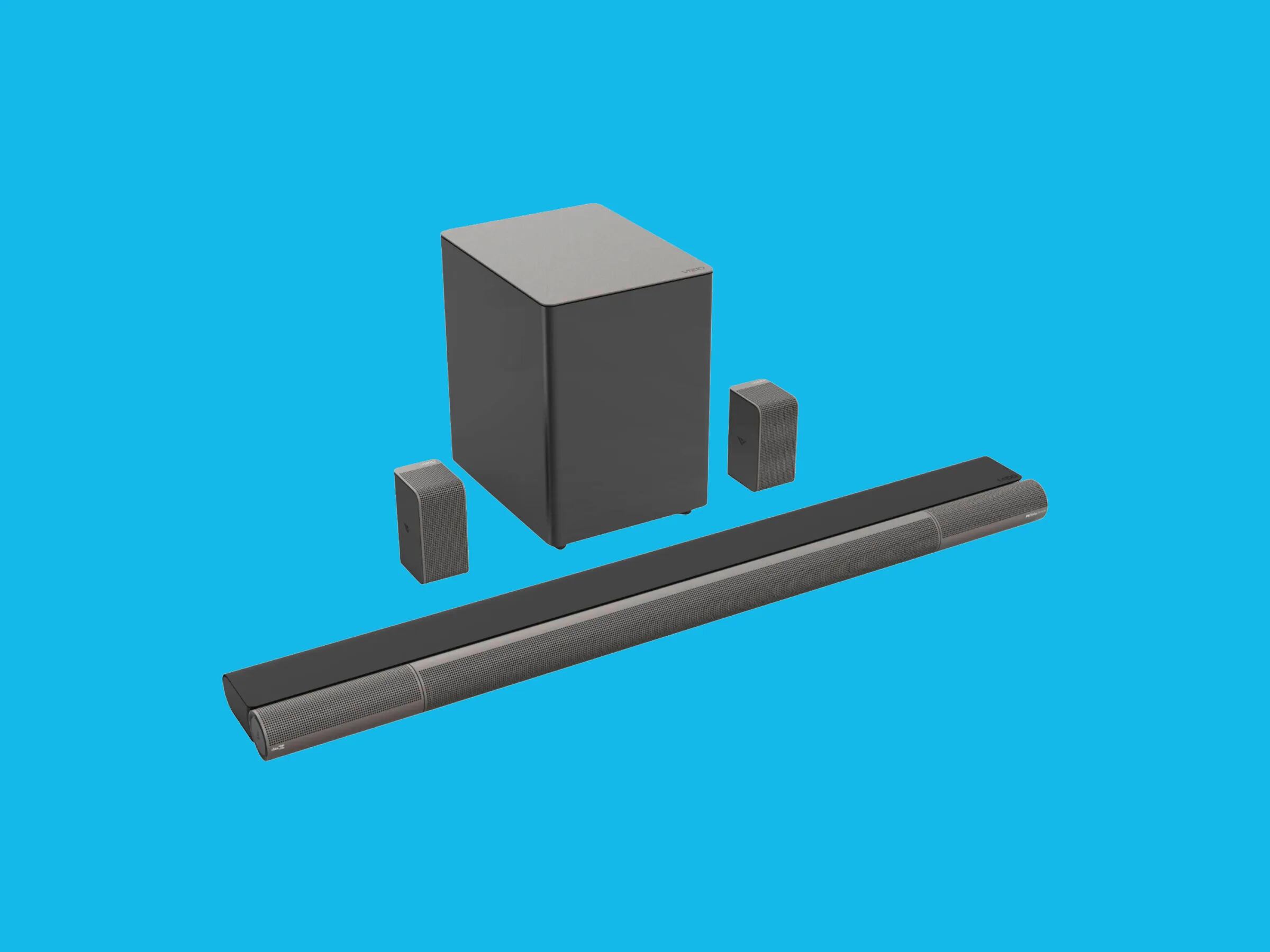Introduction
Bluetooth technology has become an indispensable feature in modern audio systems, offering the convenience of wireless connectivity and seamless integration with a wide range of devices. As audio enthusiasts seek to enhance the functionality of their AV receivers, integrating Bluetooth capability has emerged as a popular and practical solution. This article explores the various methods for adding Bluetooth to an AV receiver, providing valuable insights for both seasoned audiophiles and those new to the world of audio equipment.
In the realm of audiovisual technology, AV receivers serve as the central hub for connecting various audio and video components, consolidating and amplifying signals to deliver an immersive entertainment experience. While traditional AV receivers may lack built-in Bluetooth functionality, there are several accessible and effective approaches to incorporate this wireless feature, thereby expanding the versatility and usability of these devices.
Understanding the nuances of Bluetooth technology and the intricacies of AV receivers is essential for making informed decisions when seeking to integrate Bluetooth capability. By delving into the methods for adding Bluetooth to an AV receiver, individuals can navigate the options available and select the most suitable approach based on their specific requirements and preferences. Whether it involves leveraging Bluetooth adapters, upgrading to Bluetooth-enabled AV receivers, or utilizing Bluetooth transmitters, each method presents distinct advantages and considerations that warrant exploration.
By demystifying the process of integrating Bluetooth with AV receivers, this article aims to empower readers with the knowledge and insights necessary to make well-informed decisions regarding their audio setups. Whether it's for streaming music from mobile devices, connecting wireless headphones, or enhancing the overall flexibility of their audio systems, the addition of Bluetooth capability can significantly elevate the functionality and convenience of AV receivers. Through a comprehensive exploration of the available methods, readers will gain a deeper understanding of how to seamlessly integrate Bluetooth technology with their AV receivers, unlocking a new realm of possibilities for audio enjoyment.
Understanding Bluetooth and AV Receivers
Before delving into the methods for adding Bluetooth to an AV receiver, it’s essential to grasp the fundamental principles of Bluetooth technology and the role of AV receivers in audio systems. Bluetooth, a wireless communication standard, enables the seamless transmission of data between devices within close proximity, making it an ideal solution for wirelessly streaming audio from smartphones, tablets, and other compatible gadgets to AV receivers.
AV receivers, often considered the heart of home entertainment setups, serve as the central interface for connecting various audio and video sources, including speakers, televisions, gaming consoles, and media players. These versatile devices amplify and process audio signals, providing a unified platform for immersive sound reproduction and seamless integration of multiple audiovisual components.
When integrating Bluetooth with an AV receiver, it’s crucial to understand the compatibility and functionality of Bluetooth technology within the context of audio transmission. Bluetooth-enabled devices, such as smartphones and tablets, can wirelessly stream audio to AV receivers equipped with Bluetooth capability, allowing for convenient playback of music, podcasts, and other audio content without the constraints of physical connections.
Furthermore, the implementation of Bluetooth technology in AV receivers enhances the versatility of these audio components, enabling users to effortlessly switch between different audio sources and devices, thereby enriching the overall entertainment experience. By comprehending the symbiotic relationship between Bluetooth technology and AV receivers, individuals can appreciate the seamless integration and enhanced flexibility that Bluetooth brings to traditional audio setups.
As audio enthusiasts seek to augment their AV receiver setups with Bluetooth functionality, a deeper understanding of the technical aspects and operational dynamics of Bluetooth-enabled AV receivers becomes pivotal. Whether it’s exploring the intricacies of Bluetooth profiles, understanding the range and connectivity parameters, or evaluating the impact of Bluetooth codecs on audio quality, a comprehensive grasp of these elements empowers individuals to make informed decisions when selecting and integrating Bluetooth technology with their AV receivers.
Methods for Adding Bluetooth to an AV Receiver
When seeking to incorporate Bluetooth functionality into an AV receiver, several accessible methods cater to diverse preferences and technical requirements. Whether it involves leveraging external adapters, upgrading to Bluetooth-enabled AV receivers, or utilizing Bluetooth transmitters, each approach presents unique advantages and considerations, offering individuals the flexibility to tailor their audio setups according to their specific needs.
Understanding the available methods for adding Bluetooth to an AV receiver is crucial for identifying the most suitable approach based on factors such as budget, existing equipment compatibility, and desired level of integration. By exploring these methods in detail, individuals can make informed decisions that align with their audio enhancement goals.
As individuals embark on the journey of integrating Bluetooth with their AV receivers, the following methods present viable avenues for achieving wireless audio connectivity:
- Option 1: Using a Bluetooth Adapter
- Option 2: Upgrading to a Bluetooth-enabled AV Receiver
- Option 3: Using a Bluetooth Transmitter
By examining the intricacies and benefits of each method, individuals can gain valuable insights into the practicalities and implications of adding Bluetooth functionality to their AV receivers, paving the way for an enriched audio experience that seamlessly integrates wireless technology.
Option 1: Using a Bluetooth Adapter
One of the most popular and cost-effective methods for adding Bluetooth capability to an existing AV receiver is by utilizing a Bluetooth adapter. These compact and versatile devices can be easily connected to the AV receiver’s audio input, enabling seamless wireless audio streaming from Bluetooth-enabled devices such as smartphones, tablets, and laptops.
Bluetooth adapters typically feature a simple plug-and-play setup, allowing users to pair their Bluetooth-enabled devices with the adapter effortlessly. This method offers a convenient solution for individuals who wish to retain their current AV receiver while enhancing its functionality with wireless audio streaming capabilities.
Moreover, Bluetooth adapters often support a range of audio input options, including RCA, 3.5mm auxiliary, and optical connections, ensuring compatibility with a wide array of AV receivers. This versatility enables users to integrate the Bluetooth adapter seamlessly into their existing audio setups, irrespective of the input options available on their AV receivers.
Additionally, some Bluetooth adapters feature advanced functionalities such as aptX and AAC codec support, enhancing the audio streaming quality by delivering high-fidelity sound with minimal latency. This aspect is particularly beneficial for audiophiles seeking an optimal wireless audio experience without compromising on audio fidelity.
Furthermore, Bluetooth adapters offer the flexibility to simultaneously connect multiple Bluetooth-enabled devices, allowing seamless switching between audio sources without the hassle of physical cable connections. This versatility caters to modern multi-device usage scenarios, accommodating the diverse connectivity needs of users in today’s interconnected digital landscape.
By opting for a Bluetooth adapter, individuals can leverage the convenience and affordability of this method to integrate Bluetooth capability into their existing AV receivers, thereby unlocking the potential for wireless audio streaming and seamless connectivity with a myriad of Bluetooth-enabled devices.
Option 2: Upgrading to a Bluetooth-enabled AV Receiver
For individuals seeking a comprehensive and integrated solution for wireless audio streaming, upgrading to a Bluetooth-enabled AV receiver presents a compelling option. This method involves replacing the existing AV receiver with a new model equipped with built-in Bluetooth functionality, thereby streamlining the audio setup and consolidating wireless connectivity within a single device.
By embracing a Bluetooth-enabled AV receiver, users can enjoy the seamless integration of Bluetooth technology without the need for additional external components or adapters. This approach not only simplifies the audio setup but also eliminates potential compatibility issues that may arise when integrating external Bluetooth devices with existing AV receivers.
Bluetooth-enabled AV receivers offer a seamless and intuitive user experience, allowing for effortless pairing and wireless audio streaming from a wide range of Bluetooth-enabled devices, including smartphones, tablets, and computers. This streamlined connectivity enhances the overall user experience, catering to the modern preference for hassle-free wireless audio transmission.
Moreover, Bluetooth-enabled AV receivers often feature advanced Bluetooth codec support, such as aptX and AAC, delivering enhanced audio quality and low-latency wireless streaming. This capability ensures that users can indulge in high-fidelity audio reproduction without compromising on sound integrity, thereby elevating the overall audio experience.
Furthermore, the integration of Bluetooth functionality within the AV receiver’s architecture enables seamless multi-room audio setups and compatibility with wireless speakers and other Bluetooth-enabled audio devices. This versatility empowers users to create cohesive and interconnected audio ecosystems within their living spaces, fostering a truly immersive and flexible audio environment.
By upgrading to a Bluetooth-enabled AV receiver, individuals can embrace a holistic approach to wireless audio connectivity, streamlining their audio setups and leveraging the inherent benefits of integrated Bluetooth technology. This method offers a comprehensive and future-ready solution for individuals seeking to modernize their audio systems with seamless wireless capabilities.
Option 3: Using a Bluetooth Transmitter
Another versatile method for adding Bluetooth functionality to an AV receiver involves the use of a Bluetooth transmitter. This approach offers a flexible and adaptable solution for individuals looking to wirelessly stream audio from non-Bluetooth-enabled AV receivers to Bluetooth-enabled devices such as headphones, speakers, or soundbars.
A Bluetooth transmitter serves as a bridge between the AV receiver and Bluetooth-enabled audio devices, facilitating seamless wireless audio transmission. By connecting the Bluetooth transmitter to the audio output of the AV receiver, users can effectively transform their non-Bluetooth-enabled AV receivers into wireless audio hubs, enabling convenient and cable-free audio streaming.
Furthermore, Bluetooth transmitters often support a variety of audio input options, including RCA, 3.5mm auxiliary, and optical connections, ensuring compatibility with a wide range of AV receivers. This versatility allows users to integrate the Bluetooth transmitter seamlessly into their existing audio setups, regardless of the available output options on their AV receivers.
Additionally, Bluetooth transmitters may feature advanced functionalities such as dual-link support, enabling simultaneous wireless audio streaming to multiple Bluetooth-enabled devices. This capability caters to scenarios where users seek to create multi-user audio experiences or connect multiple Bluetooth-enabled audio devices within the same vicinity.
Moreover, some Bluetooth transmitters offer low-latency audio transmission, ensuring minimal audio delay during wireless playback. This feature is particularly advantageous for users who prioritize synchronized audio and video experiences, such as gaming or home theater setups, where audio-visual alignment is crucial.
By leveraging a Bluetooth transmitter, individuals can bridge the gap between their non-Bluetooth-enabled AV receivers and the wireless audio ecosystem, unlocking the potential for seamless and convenient wireless audio streaming. This method empowers users to embrace the benefits of Bluetooth technology while retaining their existing AV receivers, offering a practical and adaptable solution for modernizing their audio setups.
Conclusion
Integrating Bluetooth functionality with AV receivers opens up a world of possibilities for wireless audio streaming and seamless connectivity with a diverse range of devices. By exploring the methods for adding Bluetooth to AV receivers, individuals can tailor their audio setups to align with their specific preferences and technical requirements, thereby enhancing the overall versatility and functionality of their entertainment systems.
Whether it involves leveraging Bluetooth adapters, upgrading to Bluetooth-enabled AV receivers, or utilizing Bluetooth transmitters, each method presents unique advantages and considerations, catering to the diverse needs and aspirations of audio enthusiasts. The accessibility and flexibility of these methods empower individuals to embrace wireless audio connectivity while adapting to their existing equipment and budgetary constraints.
Furthermore, the integration of Bluetooth technology with AV receivers fosters a seamless and intuitive user experience, allowing for effortless wireless audio streaming from a myriad of Bluetooth-enabled devices. This convergence of wireless technology and traditional audio setups paves the way for modernized and interconnected audio ecosystems, enriching the overall entertainment experience for users.
As individuals navigate the landscape of audio enhancement and wireless connectivity, the methods for adding Bluetooth to AV receivers serve as gateways to a more versatile, convenient, and immersive audio experience. By harnessing the power of Bluetooth technology, individuals can transcend the limitations of traditional wired setups, embracing a future-ready approach to audio connectivity and entertainment.
Ultimately, the addition of Bluetooth capability to AV receivers represents a harmonious fusion of modern wireless technology and traditional audio components, bridging the gap between legacy audio systems and the contemporary era of wireless connectivity. This symbiotic integration not only enhances the functionality of AV receivers but also embodies the spirit of innovation and adaptability in the pursuit of an enriched audio experience.







